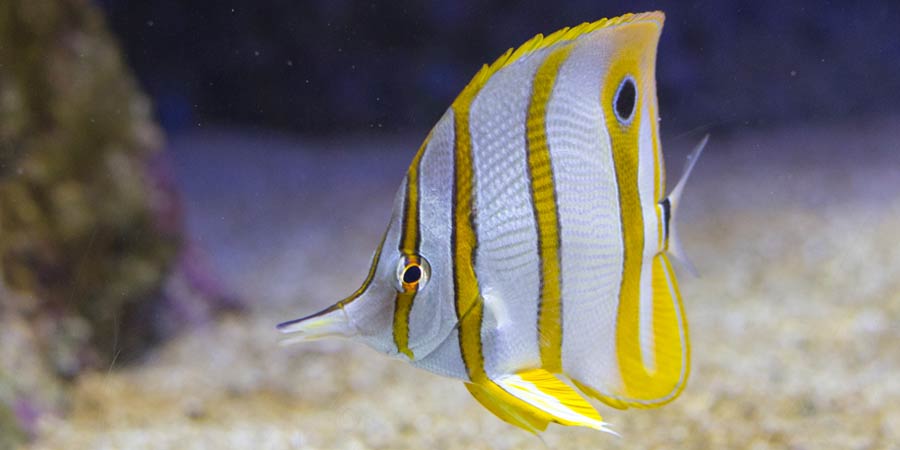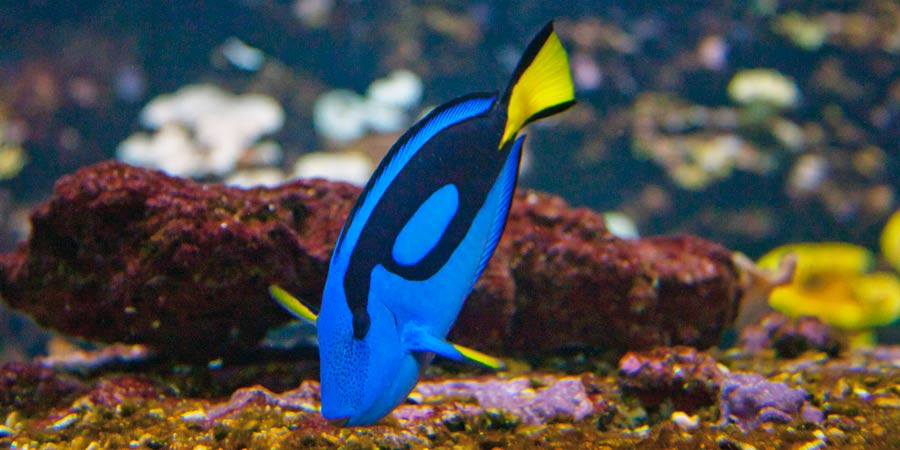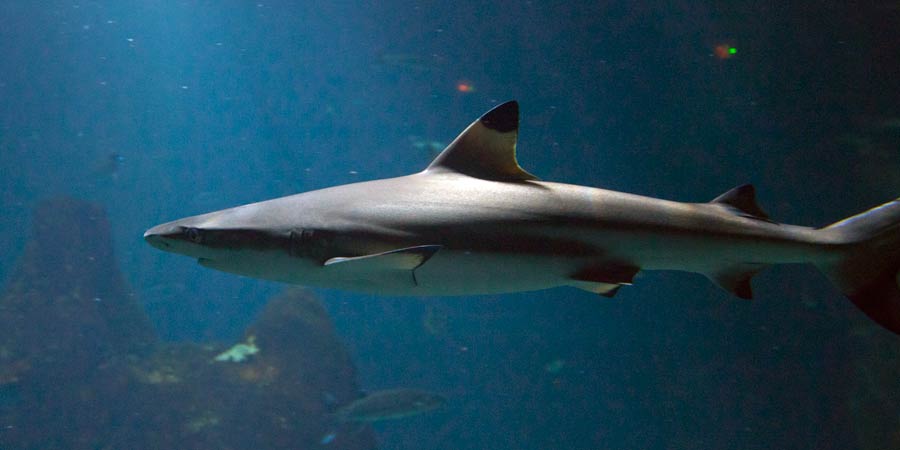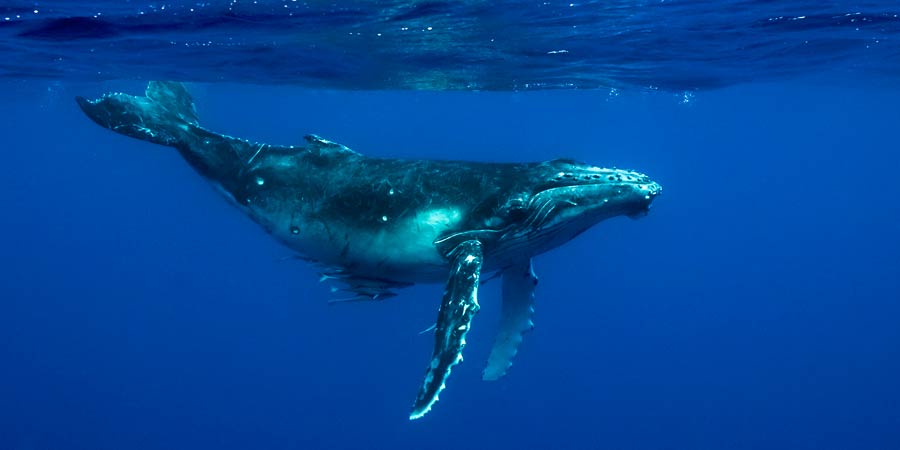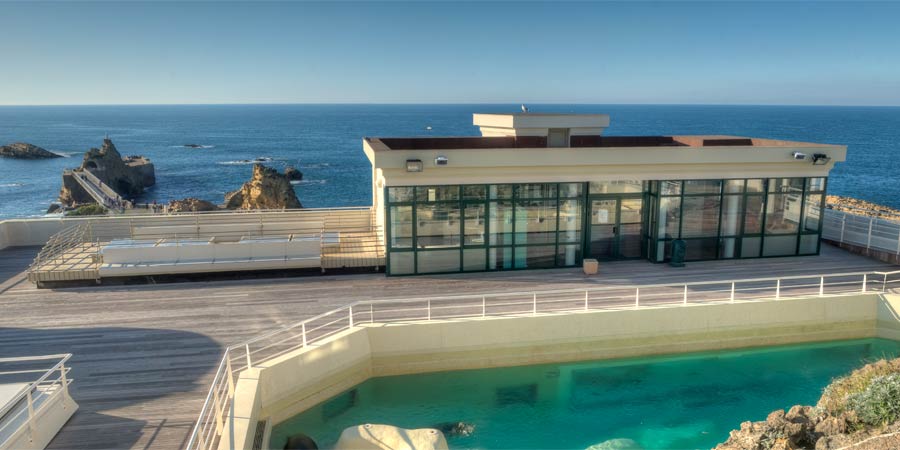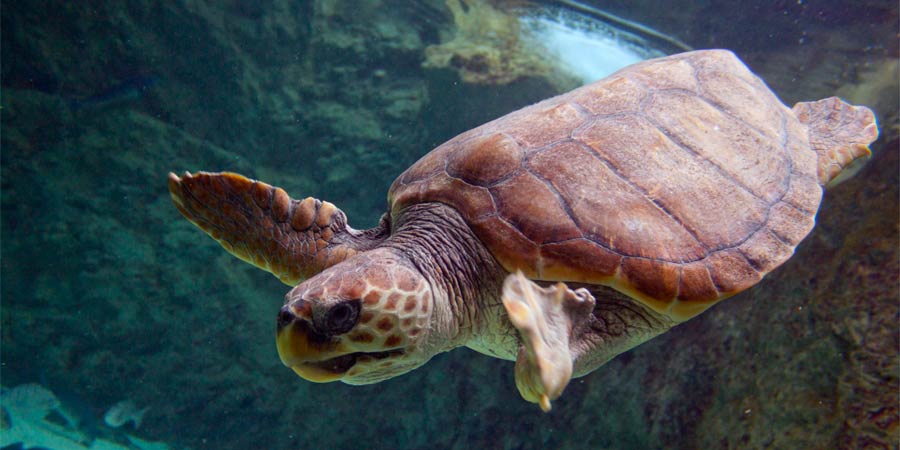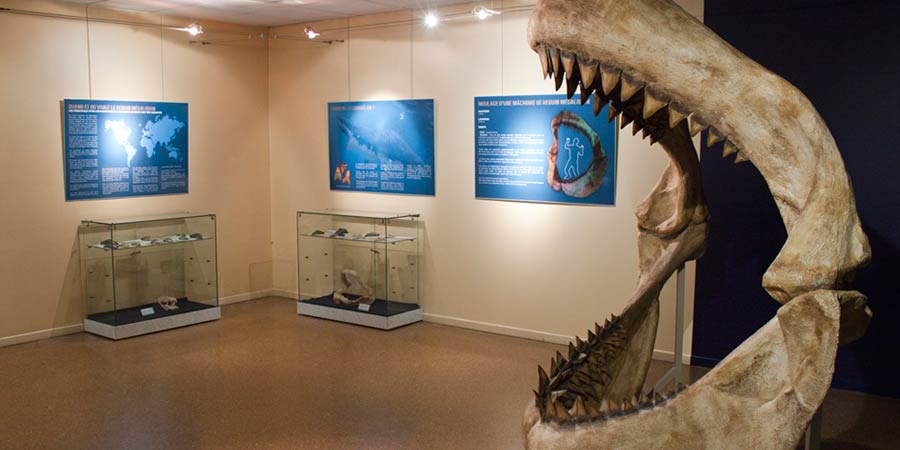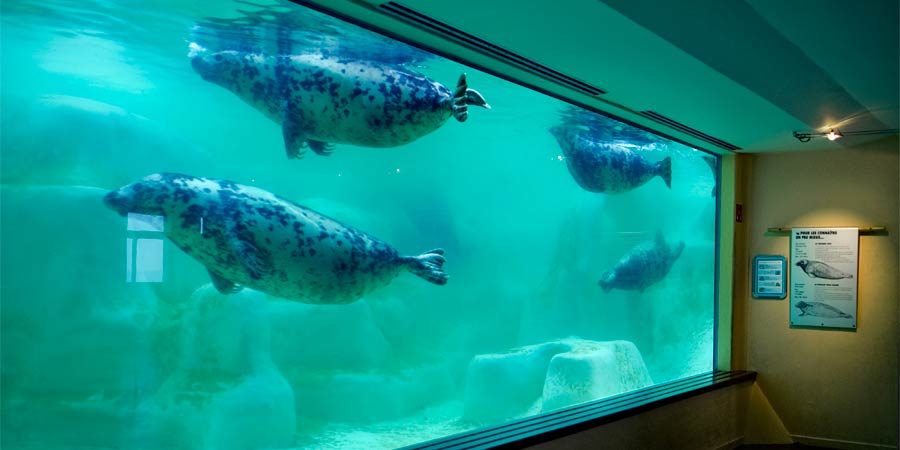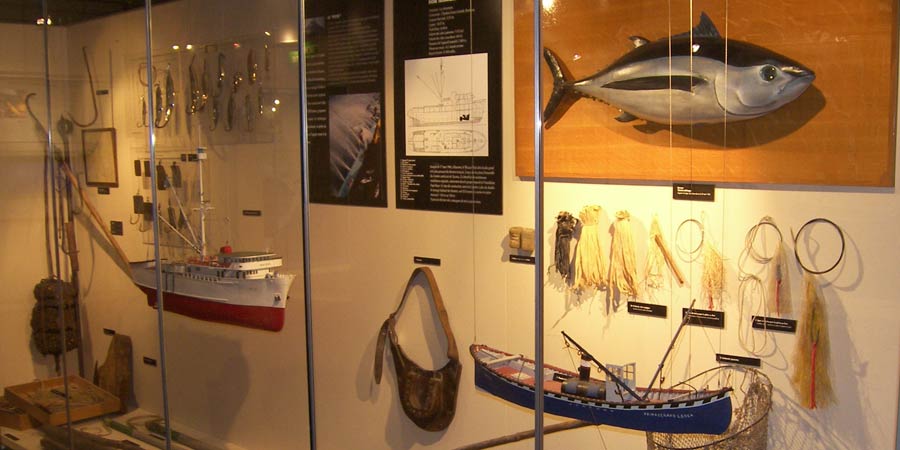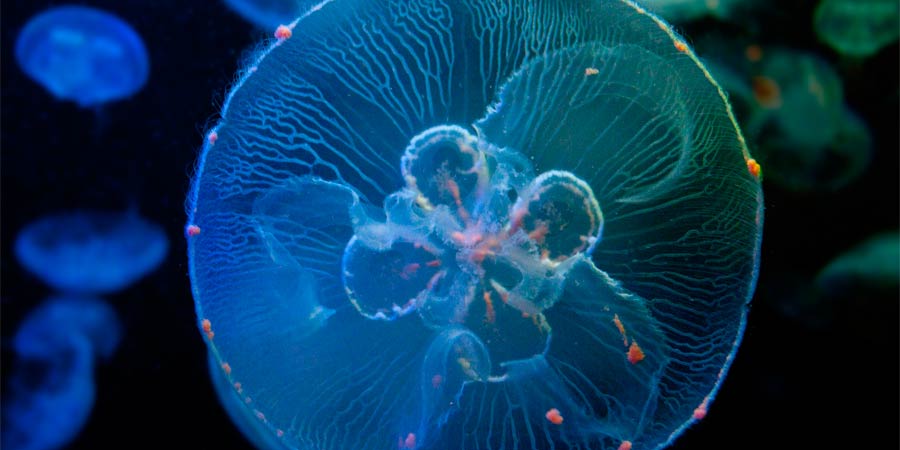
Scientific name : Aurelia aurita
Family : Ulmaridae
Size : Up to 40 cm diameter
Depth : It is pelagic often on the surface
Distribution : In all oceans and open seas except at the poles
Morphology, colour : Its body consists of a transparent umbrella that can be bluish or pink in colour, which is surrounded by many long and thin tentacles. It has 4 buccal arms that are often folded over the stomach part. The reproductive organs are “horseshoe-shaped” and symmetrically arranged from the centre of the umbrella where the stomach is located.
Biology : It moves by regularly undulating and using marine currents. It captures very small zooplankton prey (fish larvae, micro crustaceans,…) using its tentacles which are equipped with stinging cells (cnidocytes). The food is then directed towards the mouth which is located in the centre of the ventral surface; this orifice also serves as an anus as in all cnidarians (corals,…). This jellyfish species has the particularity of having two modes of sexual and asexual reproduction.
